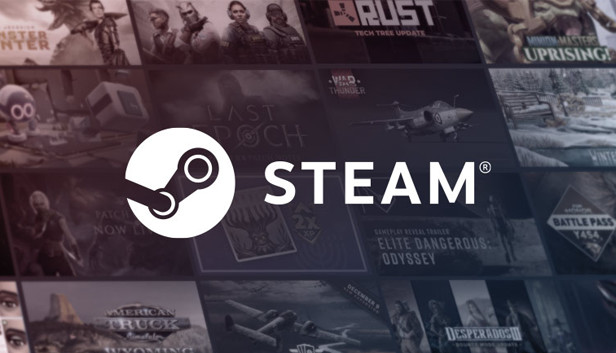Today marks a significant milestone in the realm of PC gaming as Steam, the iconic distribution platform by Valve, celebrates its 20th anniversary. While the platform has been recounting its history with mega discounts on its games, it’s crucial to note the adaptability and grit that got it to this landmark.
Steam is still the biggest platform for games, and it’s interesting how it got there
Sure, you can now snag classics like the original Portal for less than a dollar, but let’s not forget that Steam was initially greeted with skepticism and even disdain. When Steam launched in 2003, the concept of digital distribution was still nascent. Valve faced backlash for requiring an internet connection to play even single-player games like Half-Life 2. It felt like an imposition, an attempt to force DRM restrictions on players who were used to the freedom of installing games from CDs and DVDs.

Despite the criticism, Valve pressed on, fine-tuning their platform to better serve gamers. Steam eventually became a big storefront by not only delivering convenient updates but also introducing irresistible features like cloud save backups and a hub for player-generated content. Steam Sales, an event most gamers mark on their calendars, became another draw, offering games sometimes at 90% off, transforming hesitant buyers into committed users.
Today, Valve has even ventured into hardware, shaking off early steps like the Steam Machines to deliver successes like the Steam Deck.
While Valve’s anniversary sale takes us on a nostalgia trip, it’s essential to recognize that Steam’s true success story lies in its evolution. As the gaming world became more interconnected and digitalized, Steam evolved to meet new needs, turning skeptics into fans along the way. So, as we celebrate the 20 years of Steam, let’s also toast to its resilience and adaptability—qualities that continue to make it the cornerstone of PC gaming today.
RELATED:
- Steam to Let Gamers Know if Games are Compatible with Sony PlayStation Controllers
- Lenovo Legion Go launched: New Steam Deck & ASUS ROG Ally gaming handheld rival
- Best Smart Rings of 2023
(Via)




